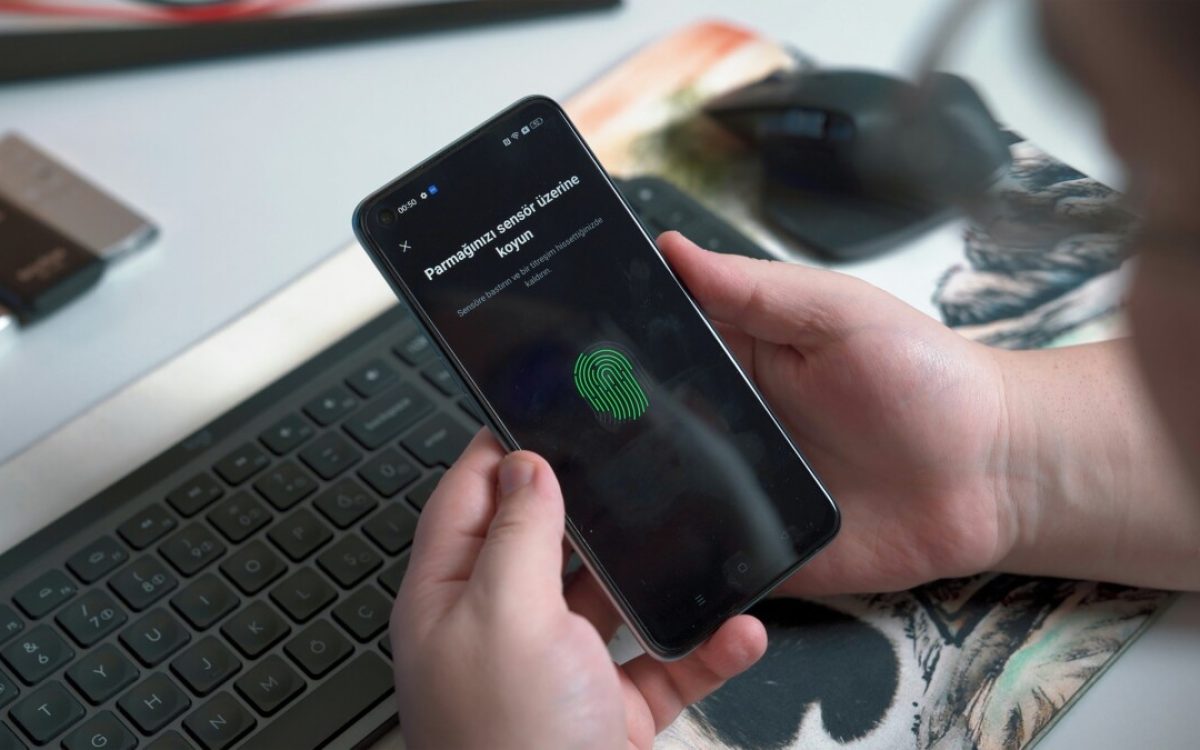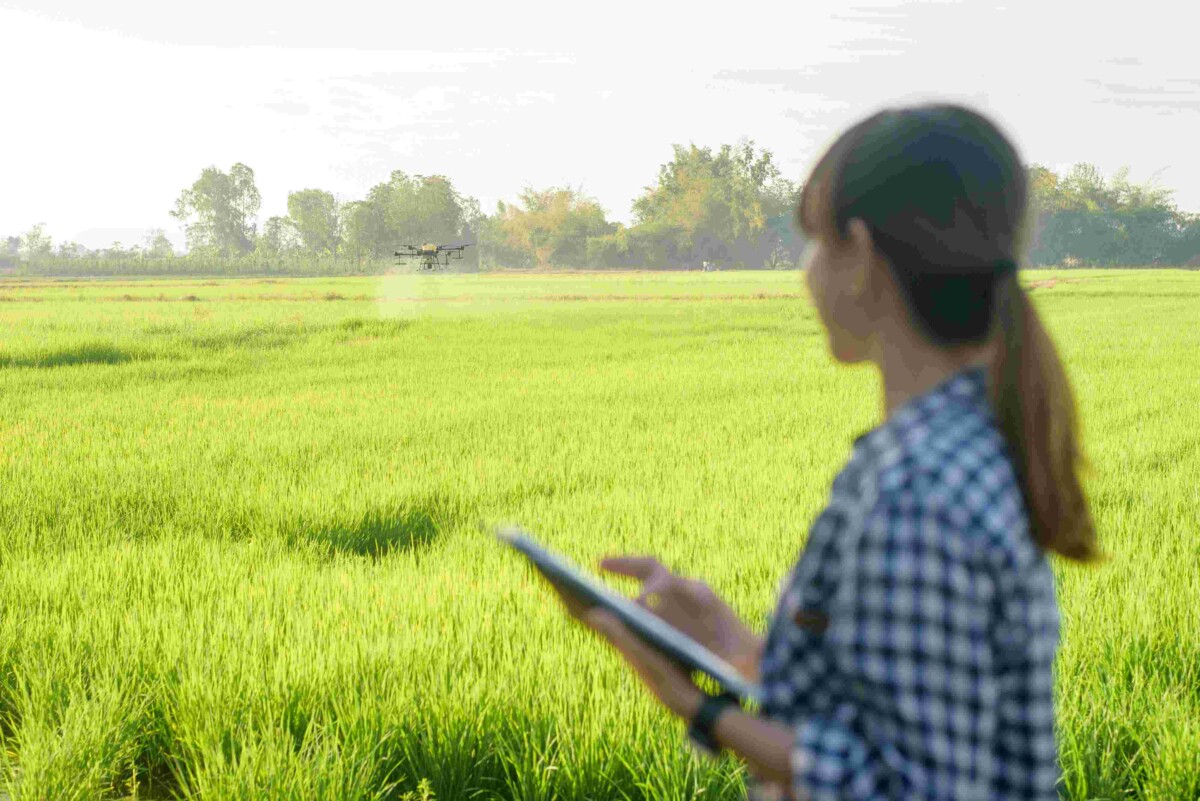Biometric Authentication: The Future of Security Against Fraud
What does biometric authentication encompass?
Biometric authentication is a top security process. It uses the human body to verify a person’s identity. It differs from common methods like a PIN or password. It uses biological traits instead. These include fingerprints, facial shape, and voice tone and accent. It even uses a person’s walking style. Such unique technologies boost security. It is very unlikely that data will be replicated.
As cyber threats grow more advanced, we can’t rely on old ways to authenticate. Biometric systems now protect data and assets for both businesses and individuals. Biometric systems are used in banks and health institutions. They are more secure than the old alternatives.
Biometric Authentication Methods
There are several biometric authentication methods available depending on the application. Most of these include:
1. Fingerprint Recognition
Fingerprint recognition is the most common biometric method. It is cheap and accurate. This method scans a user’s finger ridges and patterns. It only allows authorized users after verification. Such technologies are in smartphones, laptops, and even workplace security systems.
2. Facial Recognition
Facial recognition systems use cameras and software. They measure the position of the eyes or the shape of a person’s jaw. Other applications of this method include unlocking devices and recognizing individuals in crowds. It is quick, does not involve contact, and is accurate.
3. Iris and Retina Scanning
These technologies are arguably the most precision-efficient biometric identification systems. These systems map the unique pattern of the eye’s iris or retinal part. This method is more common in secure areas, like labs and government facilities. Due to its extreme accuracy, it is gradually being added to consumer devices.
4. Voice Recognition
The technology uses voice patterns to confirm users. It uses a person’s voice, like pitch and tone, to tell them apart. It is widely used in call centers and speech-controlled devices like Alexa and Siri.
5. Behavioral Biometrics
This obscure but clever technique tracks how people use their devices. It measures their typing speed, swipe intensity, and walking style. Behavioral biometrics are a backup way to authenticate users. They watch for illicit behavior in real-time.
How Biometric Authentication Works
The biometric authentication system is a top, secure way to verify user identity. The following steps explain the critical tasks associated with biometric authentication:
- Scan: The first stage in biometric authentication is to identify the user and the system. It must provide their biometric data. A camera or scanner captures a face image and/or a fingerprint. It thus gathers the needed biometric data.
- Format: The biometric data scans can help identify a unique individual in the system. So, several advanced algorithms are used to improve the scans’ accuracy.
- Control Access: Storing data in a secure database or on a user’s device improves the system. It creates a template for future comparisons.
- Matching: At login, the user’s input is compared to the stored template. If it matches, the system grants access. The biometric template is available for comparison.
Biometric identification systems have made it easier to log in. They also improved security.
Biometric Authentication vs Traditional Passwords
The use of passwords across the globe has made them an integral part of being online. Biometrics have replaced passwords. They can be forgotten, stolen, or guessed. So, it’s vital to know why. Biometric authentication systems were made to fix the flaws of traditional passwords.
Security
-
Biometric authentication: nearly impossible to replicate.
-
Passwords: vulnerable to hacking and theft.
Convenience
-
Biometric Authentication: No need to remember anything.
-
Passwords: Easy to forget or misplace.
User Experience
-
Biometric Authentication: seamless and quick.
-
Passwords: Can be frustrating to reset.
Risk of Breach
-
Biometric Authentication: minimal.
-
Passwords: High.
Cost of Maintenance
-
Biometric Authentication: Low after initial setup.
-
Passwords: high due to frequent resets.
Biometric options are more secure and require less user interaction.
Biometric Security Advantages
There are several benefits of biometric security in America and the world over. By looking at the benefits, biometric security can be said to be a game changer.
- Secure identity verification: It’s nearly impossible to replicate biometrics. Stolen ones are easier to use. It is the main reason for global concern about identity fraud and unlawful entry.
- Usability: Advanced biometric systems offer quick access. They eliminate the need to remember complex passwords.
- Time: This saves time. Users and organizations don’t have to wait long for authentication.
- Cost Saving: Not using passwords cuts costs and solves many problems. This is vital for organizations managing a large user base.
- Customization: Biometric devices are made for individual users. This makes interactions and tasks smoother and more effective.
Usage of Biometric Authentication Systems
- Bank and Financial Services: Mobile bank apps and ATMs use fingerprints or face recognition for fast, secure payments.
- Healthcare: Biometric locks are used by hospitals for their patient records and their medication systems.
- Corporate security: Numerous organizations work on attendance via biometrics. They also make use of it for secure environments.
- E-commerce: Web portals can also accept payments by voice or face instead of passwords.
- Travel and immigration: A number of airports worldwide use biometrics for immigration and security.
The above applications demonstrate the many uses and capabilities that biometric technology offers.
Challenges in Biometric Authentication
Some argue that biometric authentication is the most secure method. This is mostly true. But, it is not without problems.
- Biometric data securement: Using a biometric sample for security raises concerns. It could be abused for various purposes.
- Start-up costs: To run biometric systems, all devices must be installed. This may not be cost-effective for some businesses.
- Environmental Factors: Some techniques, like fingerprint biometrics, won’t work in extreme cold or if the user’s hand is dirty.
- False positives/negatives: Though rare, errors in matching the data could lead to either a denial of access or misuse of the premises.
The organizations should resolve these issues. It will unlock biometric technology’s full potential.
Future of Biometric Authentication.
Biometric authentication has a bright future. There is a lot of competition in AI and machine learning. New trends that are expected to emerge are:
- Multi-Biometrics: Using multiple methods, such as fingerprints and face scans, to boost security.
- Touchless Biometric Systems: Use of biometric solutions such as facial recognition as well as iris recognition got the attention of many people after COVID 19.
- AI in biometrics: AI improved accuracy, reducing false matches. It also made biometric systems more efficient.
- Greater Use: Biometric systems will likely be adopted by small companies, as prices are falling.
These trends will change biometric systems. They will improve security and access.
Conclusion
Biometric authentication will change security for keyless desktops. It will be more secure and desirable. Biometric systems use physical traits. They are safe from the flaws of passwords.
From payment systems to medical care, this technology is modernizing the virtual space. As companies and individuals adopt biometric technology, we must consider the tools. We need to weigh their methods, benefits, and future prospects.





